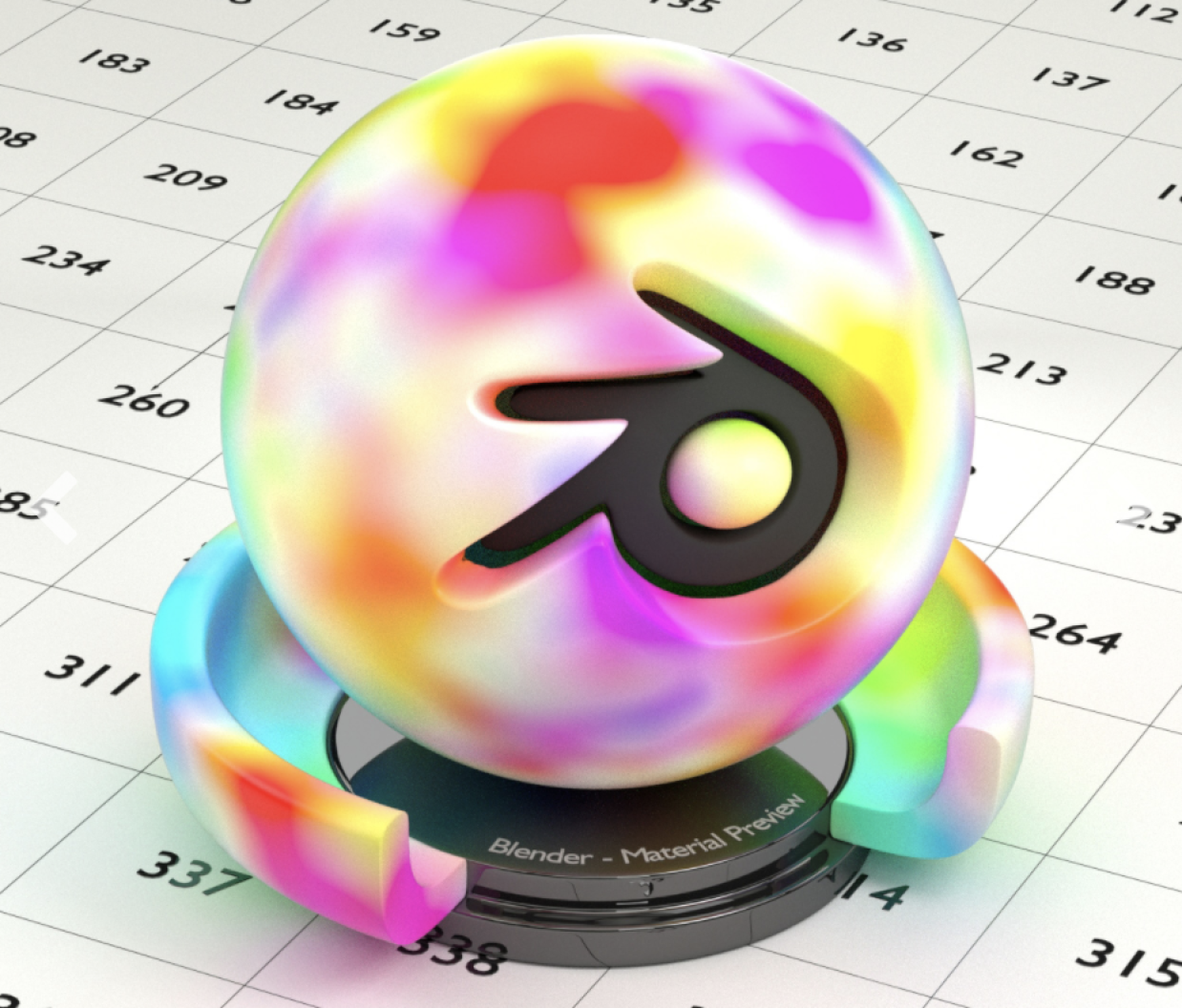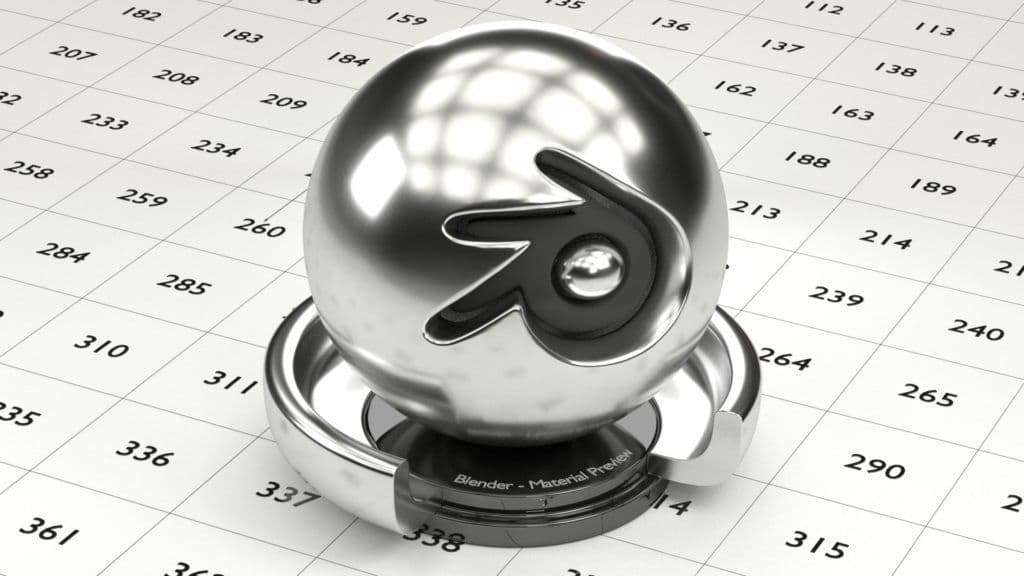


Released late last year, Carson Katri‘s Dream Textures uses Stability AI‘s Stable Diffusion AI model to generate seamlessly tiling colour textures inside Blender from simple text prompts like ‘wood’ or ‘leather’. Together, the three add-ons make it possible to “create realistic PBR materials using AI in one click”.Ĭreate PBR materials for free inside Blender with DreamTextures, DT2DB Bridge and DeepBumpĭT2DB Bridge links two other new-ish free AI-powered Blender add-ons, Dream Textures and DeepBump. The new add-on connects two existing free tools: Carson Katri’s Dream Textures, which generates diffuse textures, and Hugo Tini’s DeepBump, which generates normal and height maps from those images.

The quality of the final 3D models and scenes that you would create in an application such as Blender will rely heavily on the quality of the textures you are using, to this end we have curated the top 7 websites where you can download quality PBR textures to make your rendered output as realistic as possible, totally for free, with a creative commons license (CC0).Plugin developer Amandeep ( Aman Bairwal) has released DT2DB Bridge, an interesting free tool that can be used to generate PBR materials inside Blender using the Stable Diffusion AI model.

To achieve this photorealistic look PBR textures normally consist of several different texture maps which include information that describes the colour of the material, its reflectiveness and roughness, the depth and height and even how the material deals with ambient lighting. For example, most metal materials will reflect a lot of light while a surface such as concrete will reflect very little light giving it a flat matt looking surface. PBR or Physically Based Rendering attempts to simulate how materials behave in the real world, particularly how they reflect and absorb light. What exactly are PBR textures and how do they help 3D artists create photorealistic images in applications such as Blender, Cinema 4D, Maya, Unity and Unreal Engine?


 0 kommentar(er)
0 kommentar(er)
